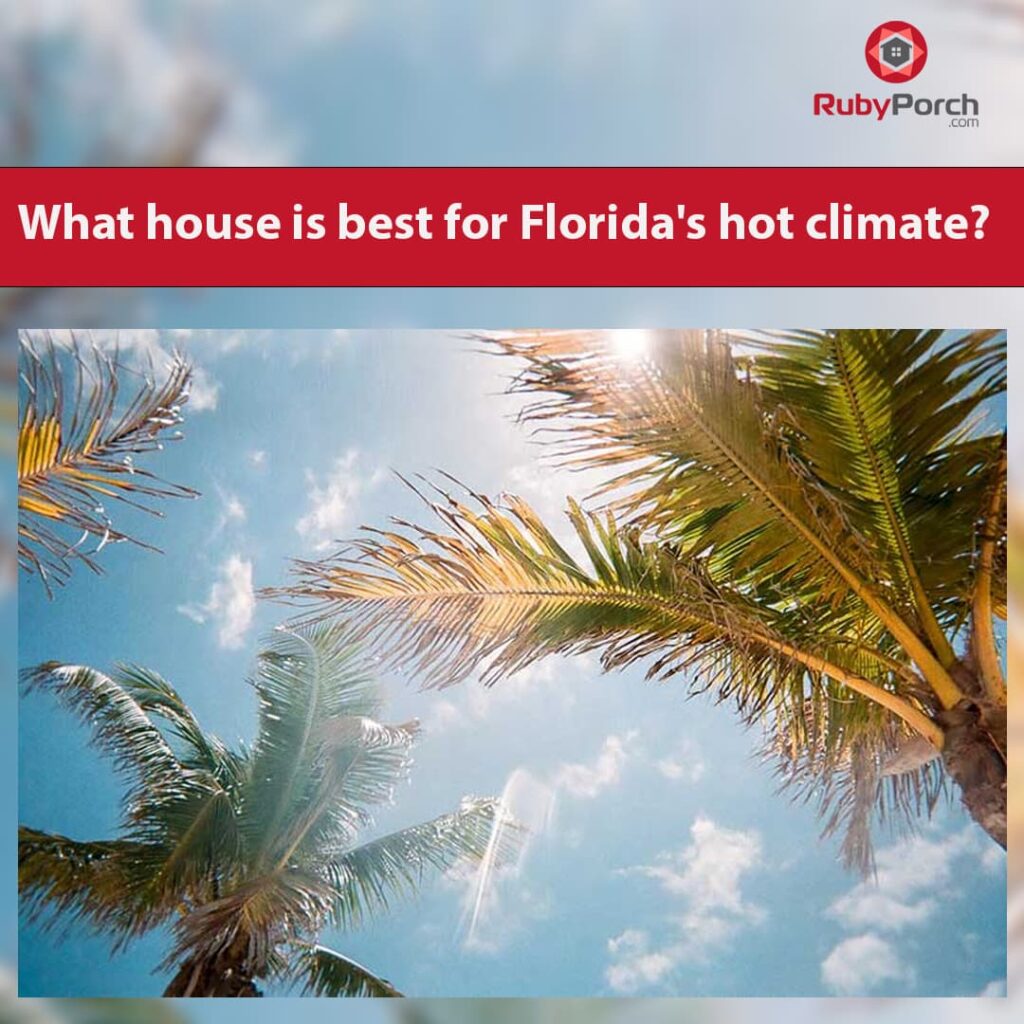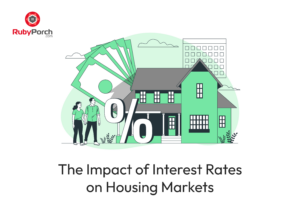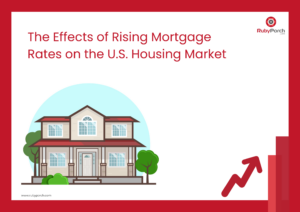Florida is known for its warm and humid climate, with hot summers and mild winters. With the sun shining almost year-round, it’s essential to choose a house that can withstand the heat and keep you comfortable throughout the day. So, what type of house is best for a hot climate like Florida?
Single-Story Homes
Single-story homes are an excellent choice for hot climates like Florida. They offer many benefits over multi-level homes, including better ventilation, more natural light, and easier access to outdoor spaces. Single-story homes also have a smaller footprint, which means less heat is trapped inside the house.
In addition, single-story homes are often less expensive to build and maintain than multi-level homes. They require less material and labor, and there are fewer systems to install, such as stairs and elevators. This can save you money on your utility bills and reduce your carbon footprint.
Concrete Homes
Concrete homes are also a great option for hot climates like Florida. Concrete has excellent thermal mass properties, which means it can absorb and store heat during the day and release it at night. This helps regulate the temperature inside the house, keeping it cooler during the day and warmer at night.
Concrete homes are also extremely durable and resistant to high winds, making them an excellent choice for hurricane-prone areas like Florida. They also provide excellent sound insulation, keeping the noise from outside to a minimum.
Open Floor Plans
Open floor plans are becoming increasingly popular in hot climates like Florida. They offer better ventilation and allow air to circulate freely throughout the house, keeping it cool and comfortable. Open floor plans also provide more natural light, which can help reduce the need for artificial lighting and lower your energy bills.
In addition, open floor plans create a sense of spaciousness and flow, making your home feel larger and more inviting. This is especially important in hot climates, where you may spend more time indoors to avoid the heat.
Energy-Efficient Features
Energy-efficient features are a must-have in any home, but they are especially important in hot climates like Florida. These features can help reduce your energy bills and keep your home comfortable throughout the year. Some examples of energy-efficient features include:
Insulation: Proper insulation can help keep your home cool in the summer and warm in the winter. This reduces the strain on your HVAC system and saves you money on your energy bills.
High-efficiency windows: Windows are a significant source of heat gain in the summer. High-efficiency windows can help reduce this heat gain, keeping your home cooler and more comfortable.
Programmable thermostats: Programmable thermostats allow you to set your HVAC system to run at specific times of the day. This can help reduce your energy bills and keep your home comfortable when you’re home.
Energy-efficient appliances: Energy-efficient appliances use less energy than their traditional counterparts, reducing your energy bills and your carbon footprint.
Outdoor Living Spaces
Outdoor living spaces are a must-have in hot climates like Florida. They provide a comfortable and inviting space to enjoy the outdoors, even when it’s hot outside. Some examples of outdoor living spaces include:
Covered patios: Covered patios provide shade and protection from the sun, making them an excellent place to relax and entertain.
Pools: Pools are a popular addition to homes in hot climates like Florida. They provide a refreshing escape from the heat and a place to cool off.
Outdoor kitchens: Outdoor kitchens are becoming increasingly popular in hot climates like Florida. They provide a convenient and comfortable place to cook and entertain outdoors.
Conclusion
In conclusion, the best type of house for a hot climate like Florida is one that is designed to keep you comfortable throughout the year. Single-story homes with concrete construction, open floor plans, energy-efficient features






